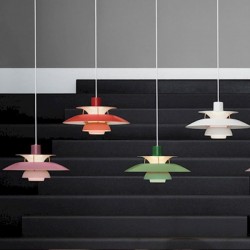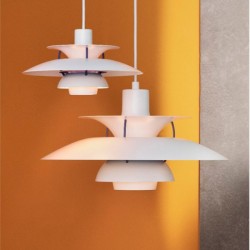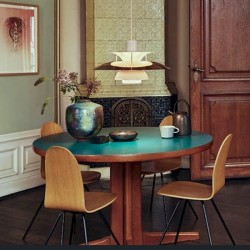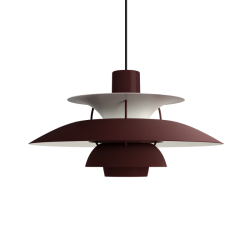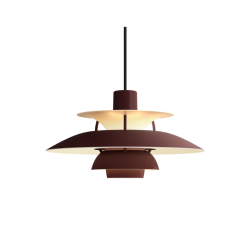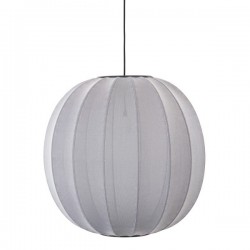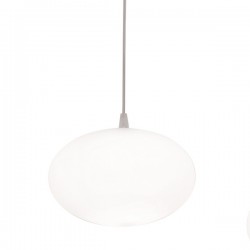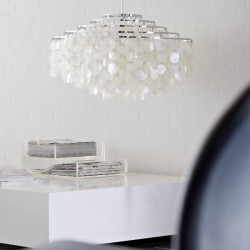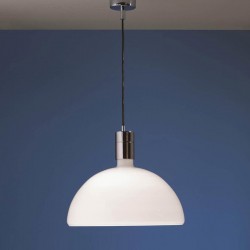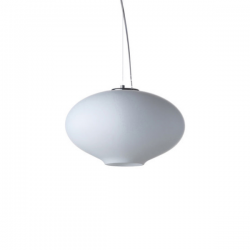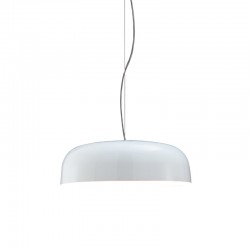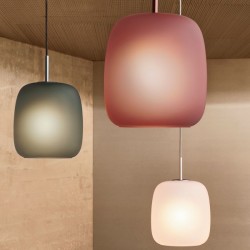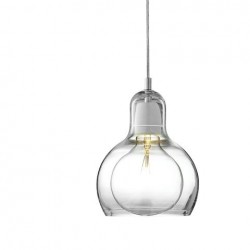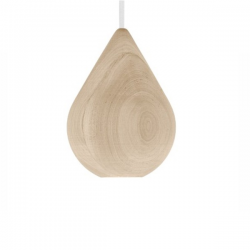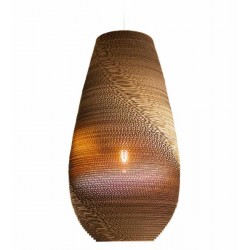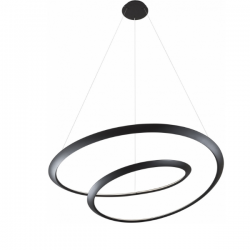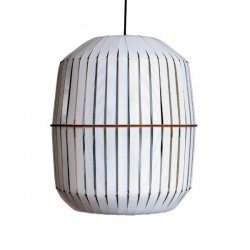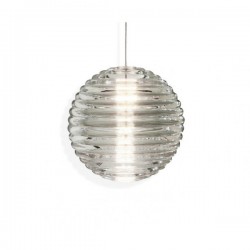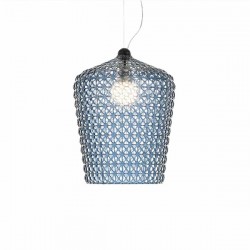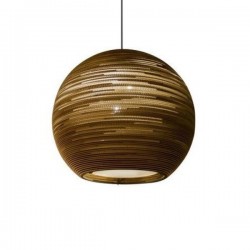Louis Poulsen PH5 Pendant Lamp
PH 5 for every mood
Much has changed in the six decades between 1958 and 2018. But the ingenuity of Poul Henningsen’s PH 5 has kept the design relevant for all these years, proving the concept’s worth time and time again – in every space and every hue.
A true homage to light 1958 as a follow-up to his celebrated three-shade system, which launched in 1926 and put Louis Poulsen on the map as a leading manufacturer of innovative lighting. Henningsen’s goal: to make light softer and more flattering in an era when electric lighting was still new and marked by unwanted glare.
Six decades after the lighting pioneer created his celebrated PH 5 pendant, the design remains Louis Poulsen’s bestseller.
To celebrate the PH 5’s anniversary, Louis Poulsen has released the lamp in the same vibrant colour range as the recently launched PH 5 Mini: Classic, a new Modern White, and six bold colour combinations – Hues of Orange, Hues of Rose, Hues of Red, Hues of Green, Hues of Blue and Hues of Grey.
Can't find it! We can supply all products from Louis Poulsen, If you know what you are looking for and it is not yet featured, please send us a request
- Specifications
Mounting Suspension type:
Canopy: Yes
Light source (Not included) EU: Max 75W E27Kindly note that this product is CE-approved only and should only be used in countries that follow and accept this standard. If it is used elsewhere it will be at the customer's sole risk, responsibility and liability.
- Size Description
Height: 28.5cm
Diameter: 50cm
Cable length: max. 3 metres
-
Poul Henningsen
Poul Henningsen was born in Copenhagen by the famous Danish actress Agnes Henningsen. He never graduated as an architect, but studied at The Technical School at Frederiksberg, Denmark from 1911-14, and then at Technical College in Copenhagen from 1914-17. He started practicing traditional functionalistic architecture, but over the years his professional interests changed to focus mainly on lighting which is what he is most famous for. He also expanded his field of occupation into areas of writing, becoming a journalist and an author. For a short period at the beginning of WWII, he was the head architect of the Tivoli Gardens in Copenhagen. But like many other creative people, he was forced to flee Denmark during the German occupation but soon became a vital part of the Danish colony of artists living in Sweden.


 EUR
EUR




